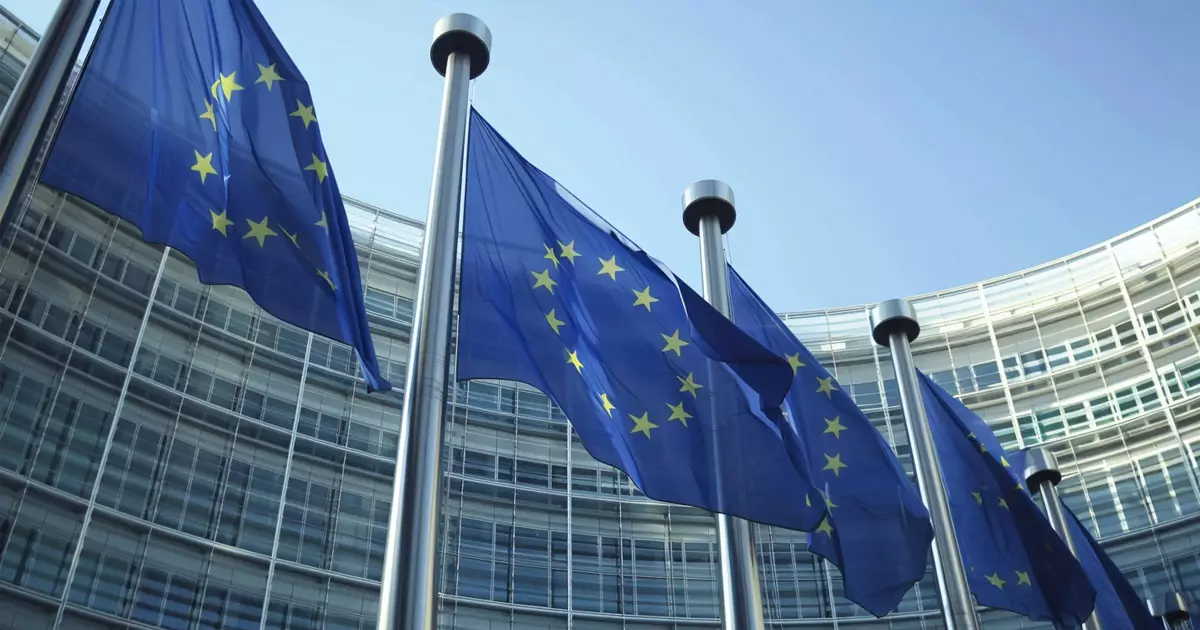The rapid evolution of the cryptocurrency landscape has often been accompanied by uncertainty and confusion, especially regarding regulation. However, the European Union’s Markets in Crypto-Assets (MiCA) regulation, introduced in 2020, promises to reshape the global dialogue surrounding cryptocurrency compliance and innovation. Instead of trailing behind leading markets like the United States or Asia, Europe is stepping out of the shadows and forging its own path with MiCA as the cornerstone of this movement.
MiCA represents a paradigm shift for the European crypto industry, challenging previous perceptions of Europe as a less significant player in blockchain technological advancements. The regulation emphasizes the importance of creating a secure and efficient cryptocurrency market—one that is accessible to all stakeholders. MiCA’s impending implementation catalyzes the potential for companies to innovate and respond to the regulatory demands of a rapidly changing digital economy.
However, this transition is not without hurdles. The recent announcement from Coinbase about delisting stablecoins from unregulated providers underscores the challenges ahead. As companies navigate the complexities of MiCA, they must evolve to meet new compliance measures effectively. Tether, for instance, has promised a “technology-driven solution” to comply with MiCA, signaling an industry-wide acknowledgment that regulations are a necessary catalyst for change. As we enter this uncharted territory, it raises an important question: will the industry rise to the occasion?
The introduction of MiCA parallels the earlier adoption of the General Data Protection Regulation (GDPR) in 2016, which set a global standard for data protection. Similar to GDPR’s impact, which forced organizations worldwide to adopt stringent data security practices or face hefty penalties, MiCA aims to elevate the crypto sector’s standards against crime, misinformation, and fraud. The potential exists for MiCA to solidify its status as the standard-bearer for crypto-asset regulations just as GDPR has for data privacy.
For MiCA to be effective, it must not only regulate but also educate and encourage best practices among crypto providers. A key aspect of MiCA is the requirement for crypto businesses to be transparent about their risks, tackling issues like scams and market volatility head-on. Furthermore, it mandates that stablecoin issuers comply with sustainability measures, requiring disclosures regarding their environmental impact—an increasingly pertinent issue in today’s climate-conscious market.
One of the pivotal requirements stemming from MiCA pertains to the operations of stablecoin providers, specifically their need for transparency about reserves. This enforcement aims to enhance consumer trust, a critical component given the ongoing skepticism surrounding stablecoins and their actual backing. This transparency demands a shift from merely surviving in a decentralized system to thriving under stringent oversight. Such measures are necessary for establishing credibility within the cryptocurrency ecosystem, leading to wider acceptance and participation from traditional finance sectors.
Moreover, Tether’s proposed technological solutions may set a new standard in terms of compliance and service delivery in the European market. Historically, the stablecoin sector has been plagued with doubts about transparency and security, but MiCA offers a fresh framework aimed at rectifying these issues. The regulation pushes companies like Tether to strive for a higher quality of product and service.
The MiCA regulation is not merely a bureaucratic exercise; it represents a vital juncture for the European cryptocurrency industry. By establishing a clear regulatory framework, MiCA can harmonize the fragmented regulatory landscape that currently exists across EU member states. This will not only simplify the compliance process for crypto businesses but also create an environment conducive to innovation and growth.
The prospects for increased investment and participation in the crypto industry following the implementation of MiCA are significant. Other regions worldwide may adopt MiCA as a template for their own regulatory frameworks, just as they did with GDPR. If successful, MiCA could induce a ripple effect globally, shaping how cryptocurrencies are governed in jurisdictions far beyond Europe.
While the road to fruition is still long, with full compliance expected by 2026, the groundwork is being laid for a more secure and robust cryptocurrency ecosystem. By weaving regulation, transparency, and innovation together, MiCA signals a new dawn for crypto-asset regulation that holds promise not only for Europe but for the global market as a whole.
The future of cryptocurrency regulation in Europe, guided by MiCA, is not just about compliance; it’s about evolving the industry into a safer, more reliable, and more sustainable space that encourages participation from all segments of society. As the countdown to full implementation commences, the crypto landscape is on the brink of transformative change.

